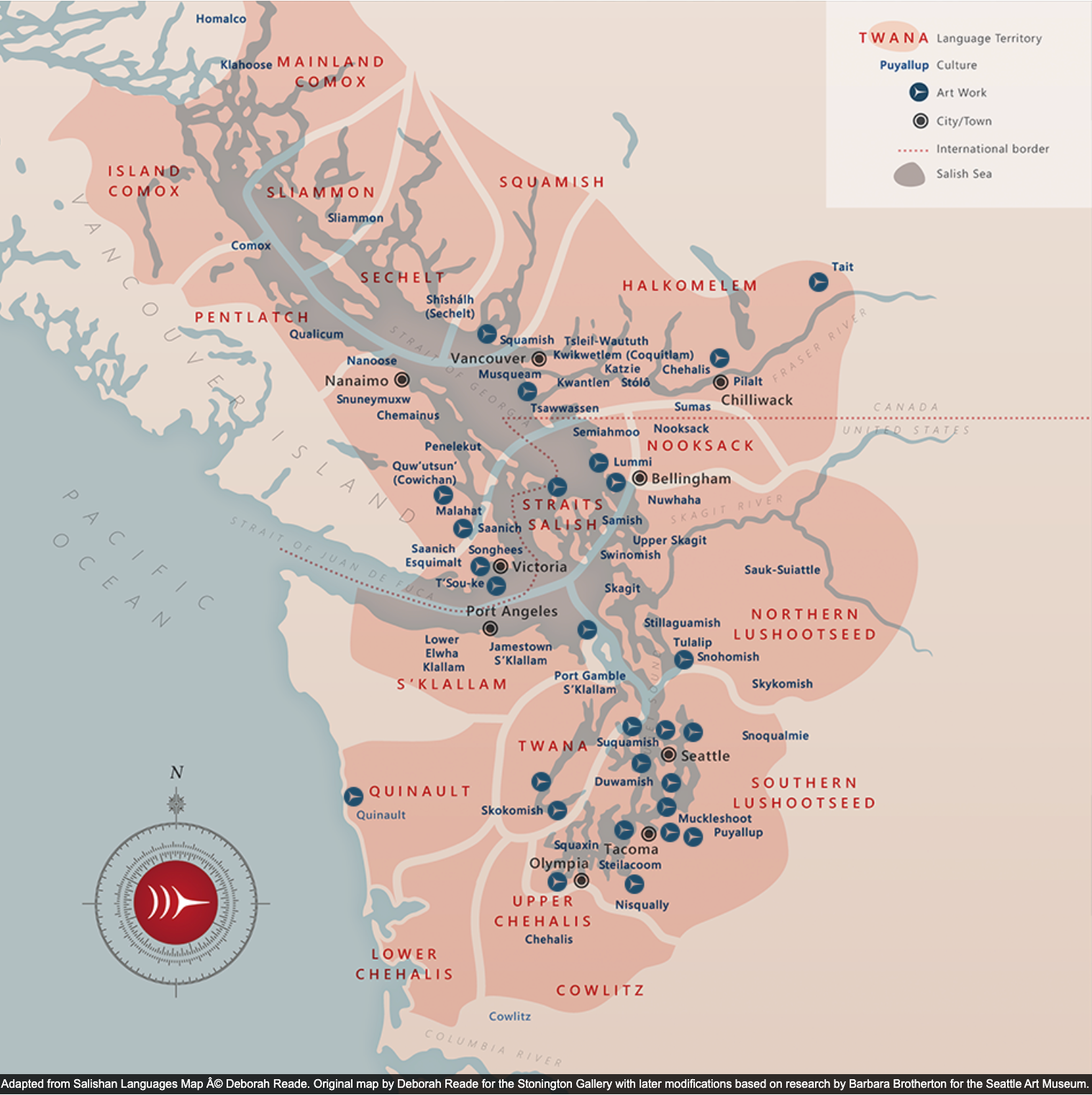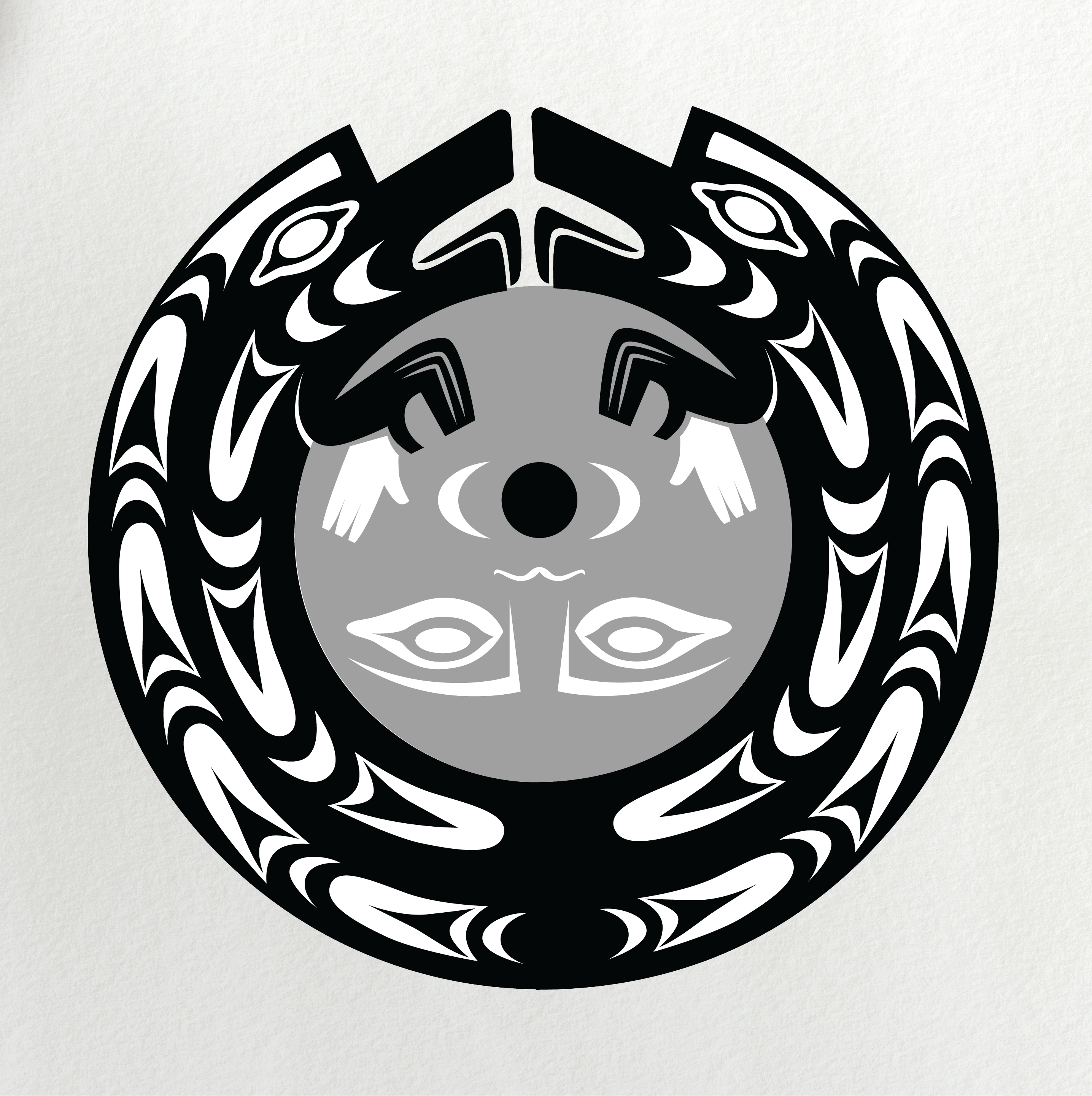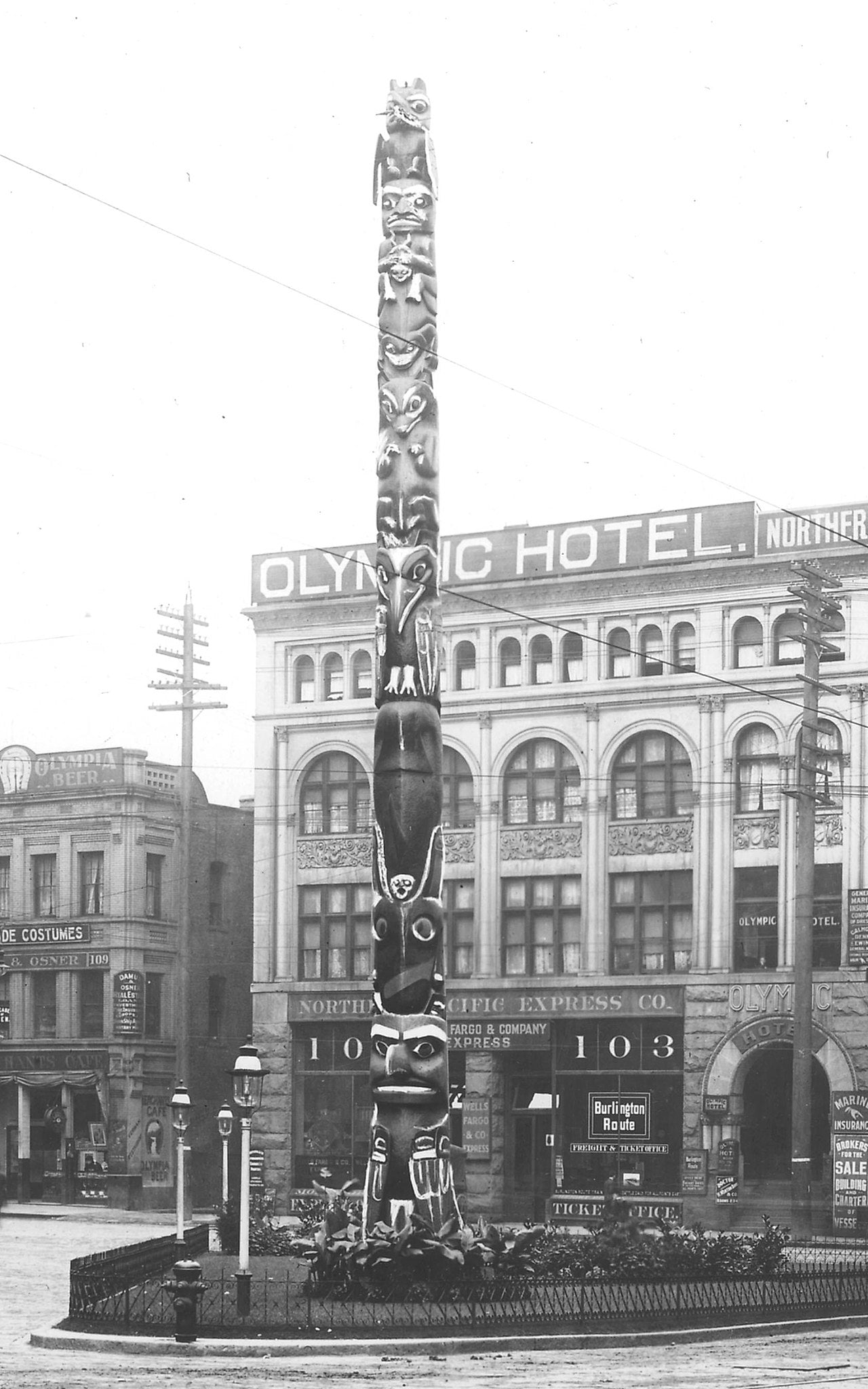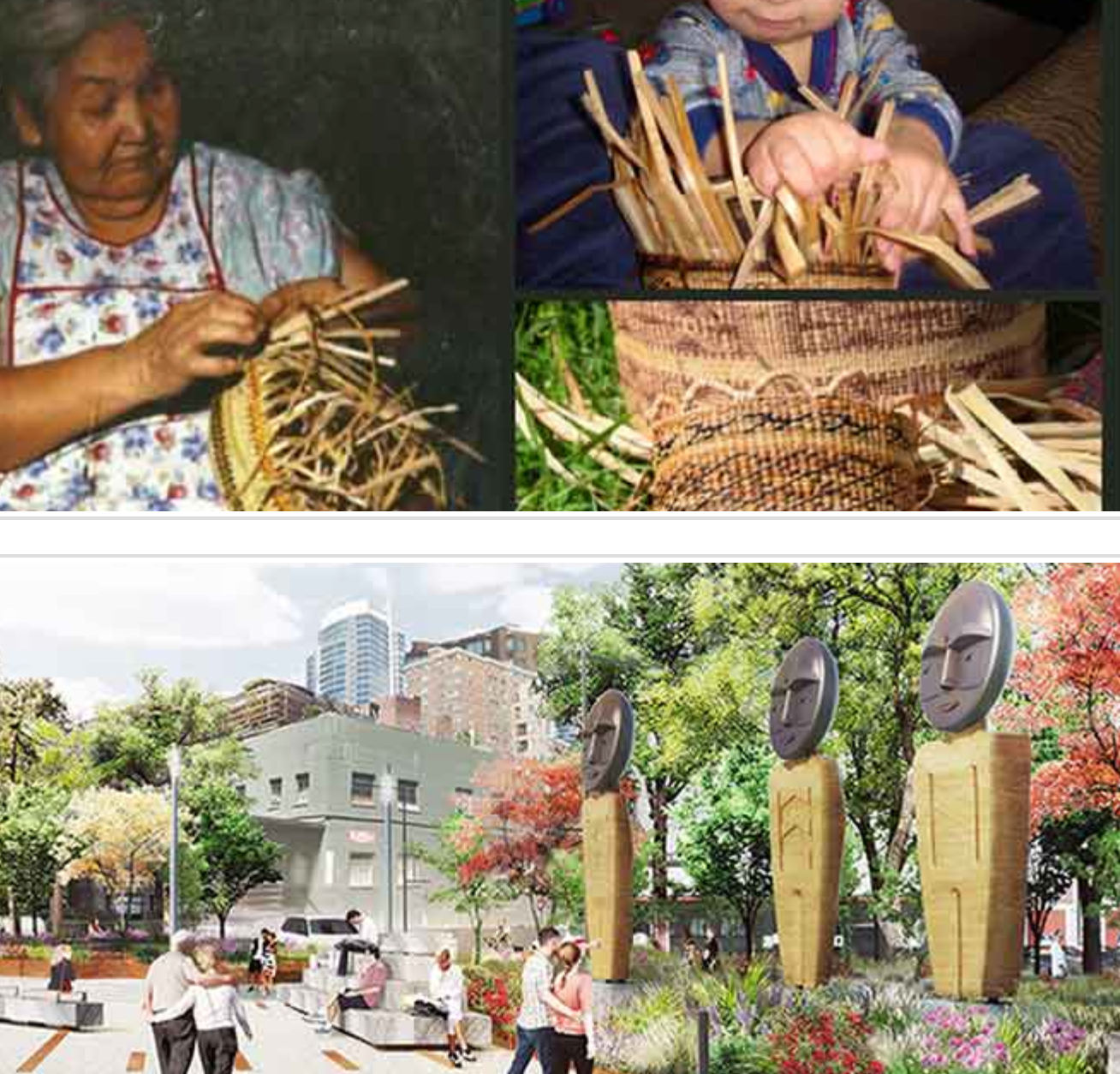COAST SALISH ART

Coast Salish Land
"Coast Salish" (pronounced say-lish) is an anthropological term that is useful for describing the vast cultural region that includes the iconic northwest cities of Seattle and Vancouver. It's home to dozens of tribal nations that are tied together through similarities in culture that transcend modern day political boundaries and borders between the United States and Canada.
My family is from Nooksack (USA) and Squamish (Canada), which are in the center of this Coast Salish Territory map created by the Burke Museum.
Click the button to learn more from our friends at the Burke Museum.
Learn More
Coast Salish Art
Coast Salish Art is unique in the world because it has evolved for over 5000 years to reflect the landscape, wildlife, plant life and cultures of the region.
Graphic representations of animals in ancestral relief carvings establish the basis of Coast Salish design. They often showcase circular lines that create infinite variations of a few fundamental shapes: the oval, crescent and a three pointed shape call a "trigon."
Click the link to learn more about Coast Salish visual art from the Burke Museum and renowned Coast Salish artist Shaun Peterson (Puyallup).
Learn More
Totem Poles Were Imported
Contrary to popular culture, totem poles are not indigenous to Coast Salish Territory. In Seattle, they were stolen from South East Alaska by White business leaders in the 1880s. The ensuing colonial process supplanted Coast Salish Art with art from northern regions, often referred to collectively as Northwest Coast Art.
Over the next 100 years, a thriving art market developed for Northwest Coast Art. Galleries, museums, universities and businesses perpetuated this misrepresentation by highlighting Northwest Coast Art and ignoring Coast Salish Art.
This colonial process resulted in the erasure of Coast Salish Art, and Coast Salish people have endured negative impact on culture and economy for generations.
Today, totem poles in Coast Salish Territory can be controversial symbols of colonialism. Click the link to learn more.

The Resurgence of Coast Salish Art
Spurred on by stand-out efforts from individual artists such as the incomparable Susan Point (Musqueum) and Stan Green (Semiahmoo) in the late 1970s, Coast Salish art has been recovering rapidly over the last few decades. Educators, activists, tribal leaders - and even businesses like Eighth Generation - have bolstered a broad community effort to decolonize the visual identity of Coast Salish territory.
Today, in the wake of the vanguards previously mentioned, Coast Salish artists are thriving in traditional art forms like carving and weaving, as well as glass, metal, digital mediums and even product design.
Also, it looks like the institutions that perpetuated the erasure of Coast Salish Art are rapidly changing focus. Look at what the city of Seattle has planned for the new waterfront.
